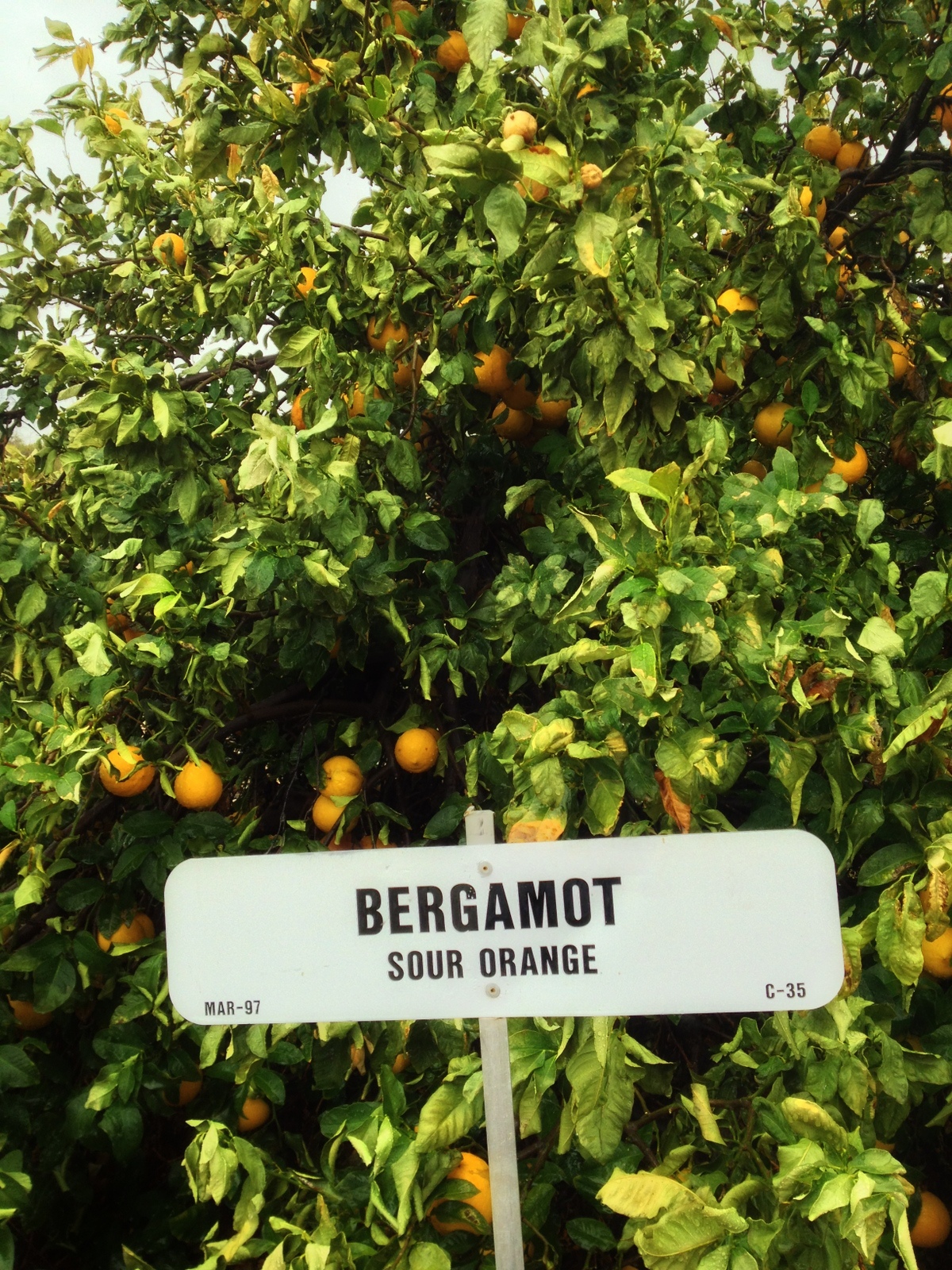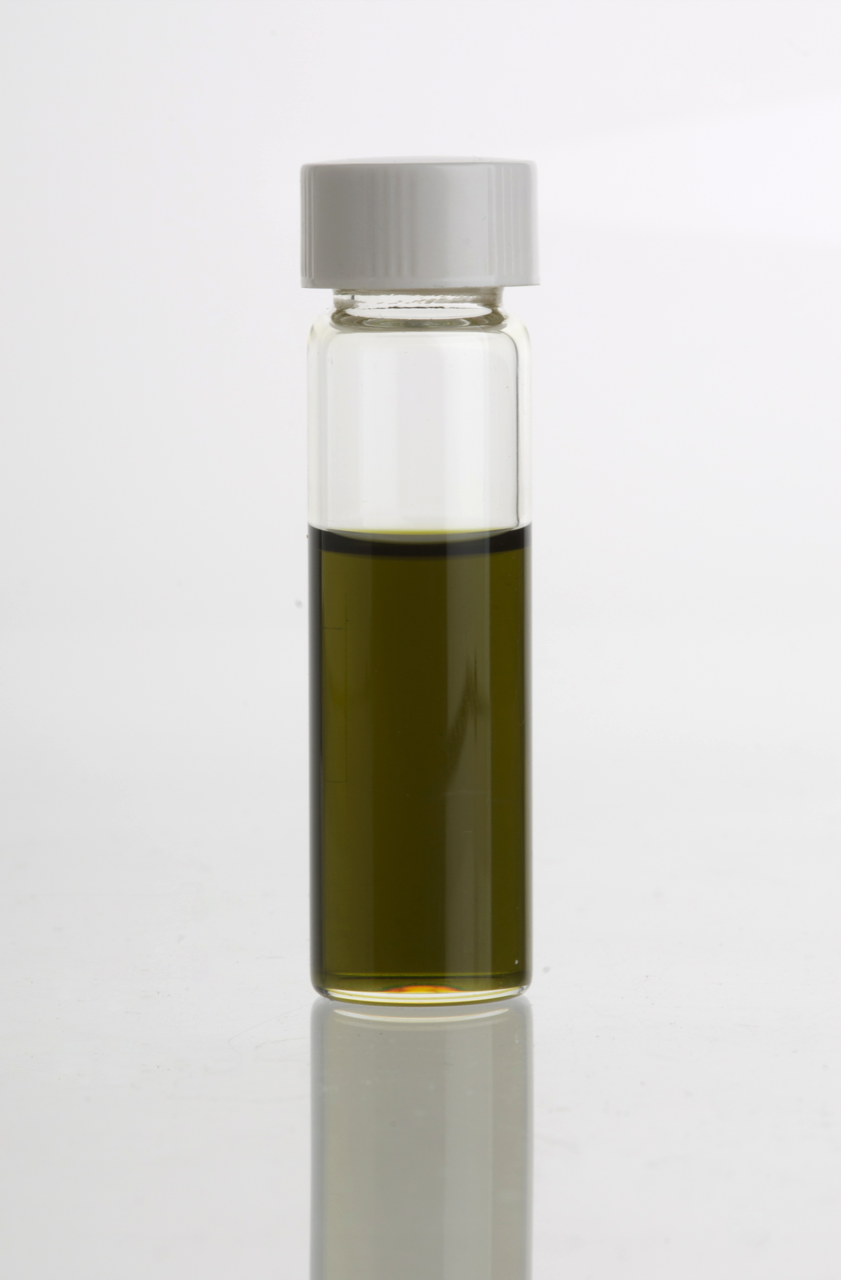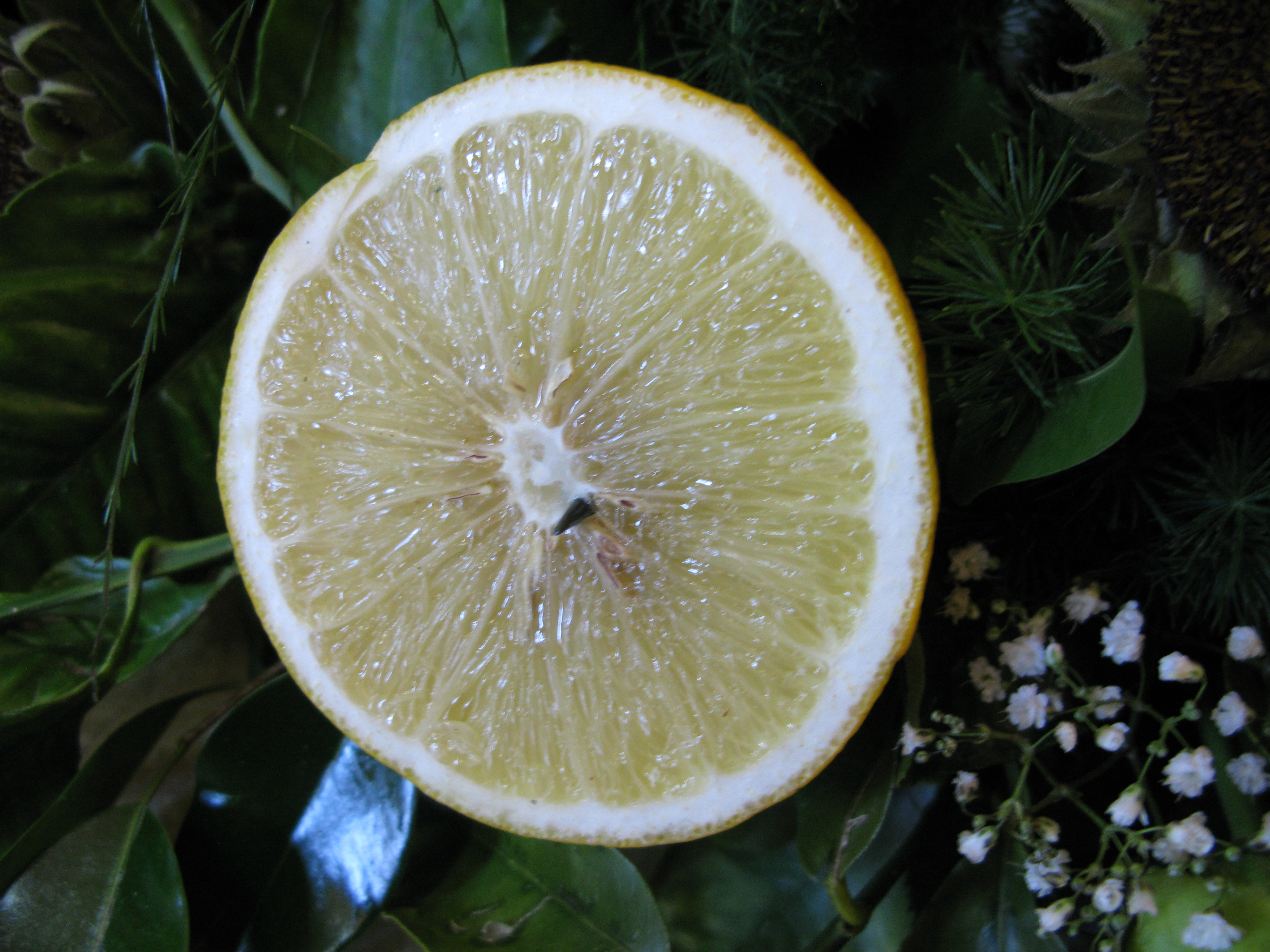Bergamot orange on:
[Wikipedia]
[Google]
[Amazon]
''Citrus bergamia'', the bergamot orange (pronounced ), is a fragrant
citrus fruit
''Citrus'' is a genus of flowering trees and shrubs in the rue family, Rutaceae. Plants in the genus produce citrus fruits, including important crops such as oranges, lemons, grapefruits, pomelos, and limes. The genus ''Citrus'' is native to ...
the size of an orange, with a yellow or green color similar to a lime, depending on ripeness.
Genetic research into the ancestral origins of extant citrus cultivars found bergamot orange to be a probable hybrid of lemon
The lemon (''Citrus limon'') is a species of small evergreen trees in the flowering plant family Rutaceae, native to Asia, primarily Northeast India (Assam), Northern Myanmar or China.
The tree's ellipsoidal yellow fruit is used for culin ...
and bitter orange. Extracts have been used as an aromatic ingredient in food, tea, snus
Snus ( , ) is a tobacco product, originating from a variant of dry snuff in early 18th-century Sweden. It is placed between the upper lip and gum for extended periods, as a form of sublabial administration. Snus is not fermented. Although use ...
, perfumes, and cosmetics. Use on the skin can increase photosensitivity, resulting in greater damage from sun exposure.
Etymology
The word bergamot is derived from the Italian word , derived either from the Italian town ofBergamo
Bergamo (; lmo, Bèrghem ; from the proto- Germanic elements *''berg +*heim'', the "mountain home") is a city in the alpine Lombardy region of northern Italy, approximately northeast of Milan, and about from Switzerland, the alpine lakes Com ...
or Ottoman Turkish
Ottoman Turkish ( ota, لِسانِ عُثمانى, Lisân-ı Osmânî, ; tr, Osmanlı Türkçesi) was the standardized register of the Turkish language used by the citizens of the Ottoman Empire (14th to 20th centuries CE). It borrowed extens ...
("prince's pear").
Description
''Citrus bergamia'' is a small tree thatblossom
In botany, blossoms are the flowers of stone fruit trees (genus ''Prunus'') and of some other plants with a similar appearance that flower profusely for a period of time in spring.
Colloquially, flowers of orange are referred to as such as ...
s during the winter. The juice tastes less sour than lemon, but more bitter than grapefruit
The grapefruit (''Citrus'' × ''paradisi'') is a subtropical citrus tree known for its relatively large, sour to semi-sweet, somewhat bitter fruit. The interior flesh is segmented and varies in color from pale yellow to dark pink.
Grapefruit ...
.
Phytochemicals
Bergamot fruit or oil containsflavonoid
Flavonoids (or bioflavonoids; from the Latin word ''flavus'', meaning yellow, their color in nature) are a class of polyphenolic secondary metabolites found in plants, and thus commonly consumed in the diets of humans.
Chemically, flavonoids ...
s, such as neoeriocitrin, naringin
Naringin is a flavanone-7-''O''- glycoside between the flavanone naringenin and the disaccharide neohesperidose.
The flavonoid naringin occurs naturally in citrus fruits, especially in grapefruit, where naringin is responsible for the fruit's ...
, neohesperidin, ponceritin, melitidin
Melitidin is a flavanone glycoside. Melitidin was discovered in bergamot orange juice and exhibits statin-like properties so the juice seems to have hypolipidemic activity.brutieridin, and
 The bergamot is a citrus fruit native to southern Italy. Production is mostly limited to the
The bergamot is a citrus fruit native to southern Italy. Production is mostly limited to the  Adulteration with cheaper products such as oil of rosewood and bergamot mint has been a problem for consumers. To protect the reputation of their produce, the Italian government introduced tight controls, including testing and certificates of purity. The ''
Adulteration with cheaper products such as oil of rosewood and bergamot mint has been a problem for consumers. To protect the reputation of their produce, the Italian government introduced tight controls, including testing and certificates of purity. The ''
 Bergamot oil is one of the most commonly used ingredients in perfumery. It is prized for its ability to combine with an array of scents to form a bouquet of
Bergamot oil is one of the most commonly used ingredients in perfumery. It is prized for its ability to combine with an array of scents to form a bouquet of
 Used in
Used in
Bergamot by Citrus Variety Collection of the UCR
* ''Citrus bergamia''
BBC news story on the farming of Bergamot in the Calabria region of Italy
Information about the hard candy ''bergamote de Nancy''
{{DEFAULTSORT:Bergamot Orange Calabria Citrus hybrids Flora of Greece Flora of Iran
bergamottin
Bergamottin (5-geranoxypsoralen) is a natural furanocoumarin found in the pulp of pomelos and grapefruits. It is also found in the peel and pulp of the bergamot orange, from which it was first isolated and from which its name is derived.
Chemis ...
. Bergamot leaves contain different indole alkaloid
Indole alkaloids are a class of alkaloids containing a structural moiety of indole; many indole alkaloids also include isoprene groups and are thus called terpene indole or secologanin tryptamine alkaloids. Containing more than 4100 known diff ...
s, such as N,N,N-trimethyltryptamine.
Taxonomy
The bergamot orange is unrelated to the herbs known as bergamot, wild bergamot, bergamot mint, or bergamint – '' Monarda didyma'', ''Monarda fistulosa
''Monarda fistulosa'', the wild bergamot or bee balm,Wild Bergamot
, Edmonton Naturalization Group< ...
'', and Eau de Cologne mint (the taxonomy of which is disputed). Those are all in the mint family, and are named for their similar aroma.
''Citrus bergamia'' has also been classified as ''Citrus aurantium'' subsp. ''bergamia'' (i.e. a subspecies of bitter orange).
''Citrus bergamia'' is sometimes confused with (but is not the same as): ''Citrus medica'' – citron, the yellow fruit of which is also known as , Edmonton Naturalization Group< ...
etrog
Etrog ( he, אֶתְרוֹג, plural: '; Ashkenazi Hebrew: ', plural: ') is the yellow citron or ''Citrus medica'' used by Jews during the week-long holiday of Sukkot as one of the four species. Together with the ''lulav'', ''hadass'', and '' a ...
; or ''Citrus limetta
''Citrus limetta'', alternatively considered to be a cultivar of ''Citrus limon'', ''C. limon'' 'Limetta', is a species of ''citrus'', commonly known as mousami, musami, sweet lime, sweet lemon, and sweet limetta, it is a member of the sweet lem ...
'', the "sweet lemon" or "sweet lime".
Production
 The bergamot is a citrus fruit native to southern Italy. Production is mostly limited to the
The bergamot is a citrus fruit native to southern Italy. Production is mostly limited to the Ionian Sea
The Ionian Sea ( el, Ιόνιο Πέλαγος, ''Iónio Pélagos'' ; it, Mar Ionio ; al, Deti Jon ) is an elongated bay of the Mediterranean Sea. It is connected to the Adriatic Sea to the north, and is bounded by Southern Italy, including ...
coastal areas of the province of Reggio di Calabria in Italy, to such an extent that it is a symbol of the entire city. Most of the bergamot comes from a short stretch of land there, where the temperature is favourable. The fruit is also produced in Argentina, Brazil, Algeria, the Ivory Coast, Morocco, Tunisia, Turkey, and South-East Asia.
Citrus bergamot is commercially grown in southern Calabria
, population_note =
, population_blank1_title =
, population_blank1 =
, demographics_type1 =
, demographics1_footnotes =
, demographics1_title1 =
, demographics1_info1 =
, demographics1_title2 ...
( province of Reggio), southern Italy. It is also grown in southern France and the Ivory Coast for the essential oil
An essential oil is a concentrated hydrophobic liquid containing volatile (easily evaporated at normal temperatures) chemical compounds from plants. Essential oils are also known as volatile oils, ethereal oils, aetheroleum, or simply as the o ...
and in Antalya
la, Attalensis grc, Ἀτταλειώτης
, postal_code_type = Postal code
, postal_code = 07xxx
, area_code = (+90) 242
, registration_plate = 07
, blank_name = Licence plate
...
in southern Turkey
Turkey ( tr, Türkiye ), officially the Republic of Türkiye ( tr, Türkiye Cumhuriyeti, links=no ), is a transcontinental country located mainly on the Anatolian Peninsula in Western Asia, with a small portion on the Balkan Peninsula ...
for its marmalade. The fruit is not generally grown for juice consumption. However, in Mauritius
Mauritius ( ; french: Maurice, link=no ; mfe, label= Mauritian Creole, Moris ), officially the Republic of Mauritius, is an island nation in the Indian Ocean about off the southeast coast of the African continent, east of Madagascar. It ...
where it is grown on a small-scale basis, it is largely consumed as juice by the locals.
One hundred bergamot oranges yield about of bergamot oil.
 Adulteration with cheaper products such as oil of rosewood and bergamot mint has been a problem for consumers. To protect the reputation of their produce, the Italian government introduced tight controls, including testing and certificates of purity. The ''
Adulteration with cheaper products such as oil of rosewood and bergamot mint has been a problem for consumers. To protect the reputation of their produce, the Italian government introduced tight controls, including testing and certificates of purity. The ''Stazione Sperimentale per le Industrie delle Essenze e dei Derivati dagli Agrumi
The Stazione Sperimentale per le Industrie delle Essenze e dei Derivati dagli Agrumi (SSEA) (Experimental Station for the Industry of the Essential oils and Citrus products) is a special Agency of the Chamber of Commerce in Reggio Calabria.
Overv ...
'' (Experimental Station for Essential Oil and Citrus By-Products) located in Reggio di Calabria, was the quality control body for the essential oil ''Bergamotto di Reggio Calabria'' DOP.
During World War II, Italy was unable to export to countries such as the Allied powers. Rival products from Brazil and Mexico came on to the market as a substitute, but these were produced from other citrus fruits such as sweet lime
Sweet lemon and Sweet lime refer to groups of citrus hybrids that contain low acid pulp and juice. They are hybrids often similar to non-sweet lemons or limes, but with less citron parentage. Sweet limes and lemons are not sharply separated: ...
.Board, Niir (2011). "Oil of Bergamot." ''The Complete Technology Book of Essential Oils (Aromatic Chemicals)''. p. 75. .
Uses
Tea and other uses
An essence extracted from the aromatic skin of this sour fruit is used to flavour Earl Grey and Lady Grey teas, as well asconfectionery
Confectionery is the Art (skill), art of making confections, which are food items that are rich in sugar and carbohydrates. Exact definitions are difficult. In general, however, confectionery is divided into two broad and somewhat overlappi ...
(including Turkish delight
Turkish delight or lokum ( ota, لوقوم) is a family of confections based on a gel of starch and sugar. Premium varieties consist largely of chopped dates, pistachios, hazelnuts or walnuts bound by the gel; traditional varieties are often fl ...
). Bergamot is one of the most common "casings" (flavorings) added to Swedish snus
Snus ( , ) is a tobacco product, originating from a variant of dry snuff in early 18th-century Sweden. It is placed between the upper lip and gum for extended periods, as a form of sublabial administration. Snus is not fermented. Although use ...
, a form of smokeless tobacco product.
Fragrance
 Bergamot oil is one of the most commonly used ingredients in perfumery. It is prized for its ability to combine with an array of scents to form a bouquet of
Bergamot oil is one of the most commonly used ingredients in perfumery. It is prized for its ability to combine with an array of scents to form a bouquet of aroma
An odor (American English) or odour (Commonwealth English; see spelling differences) is caused by one or more volatilized chemical compounds that are generally found in low concentrations that humans and animals can perceive via their sens ...
s that complement each other. . . Bergamot is a major component of the original composed by Jean-Marie Farina at the beginning of the 18th century in Germany. The first use of bergamot oil as a fragrance ingredient was recorded in 1714, and can be found in the Farina Archive in Cologne
Cologne ( ; german: Köln ; ksh, Kölle ) is the largest city of the German western state of North Rhine-Westphalia (NRW) and the fourth-most populous city of Germany with 1.1 million inhabitants in the city proper and 3.6 millio ...
. However, much "Bergamot oil" is today derived instead from eau de Cologne mint, also known as bergamot mint, which is a variety of water mint
''Mentha aquatica'' (water mint; syn. ''Mentha hirsuta'' Huds.Euro+Med Plantbase Project''Mentha aquatica'') is a perennial flowering plant in the mint family Lamiaceae. It grows in moist places and is native to much of Europe, northwest Africa ...
and is unrelated to citrus.
Toxicology
In several patch test studies, application of some sources of bergamot oil directly to the skin ofguinea pig
The guinea pig or domestic guinea pig (''Cavia porcellus''), also known as the cavy or domestic cavy (), is a species of rodent belonging to the genus '' Cavia'' in the family Caviidae. Breeders tend to use the word ''cavy'' to describe the ...
s was shown to have a concentration-dependent phototoxic effect of increasing redness after exposure to ultraviolet
Ultraviolet (UV) is a form of electromagnetic radiation with wavelength from 10 nm (with a corresponding frequency around 30 PHz) to 400 nm (750 THz), shorter than that of visible light, but longer than X-rays. UV radiation ...
light (due to the chemical bergapten
Bergapten (5-methoxypsoralen) is a naturally-occurring organic chemical compound produced by numerous plant species, especially from the carrot family Apiaceae and the citrus family Rutaceae. For example, bergapten has been extracted from 24 ...
, and possibly also citropten, bergamottin
Bergamottin (5-geranoxypsoralen) is a natural furanocoumarin found in the pulp of pomelos and grapefruits. It is also found in the peel and pulp of the bergamot orange, from which it was first isolated and from which its name is derived.
Chemis ...
, geranial
Citral is an acyclic monoterpene aldehyde, and being a monoterpene, it is made of two isoprene units. Citral is a collective term which covers two geometric isomers that have their own separate names; the ''E''-isomer is named geranial (''trans' ...
, and neral). This is a property shared by many other citrus fruits
''Citrus'' is a genus of flowering trees and shrubs in the rue family, Rutaceae. Plants in the genus produce citrus fruits, including important crops such as oranges, lemons, grapefruits, pomelos, and limes. The genus ''Citrus'' is nativ ...
and other members of Rutaceae, including rue.
Skin effects
 Used in
Used in cosmetics
Cosmetics are constituted mixtures of chemical compounds derived from either natural sources, or synthetically created ones. Cosmetics have various purposes. Those designed for personal care and skin care can be used to cleanse or protec ...
and perfume
Perfume (, ; french: parfum) is a mixture of fragrant essential oils or aroma compounds (fragrances), fixatives and solvents, usually in liquid form, used to give the human body, animals, food, objects, and living-spaces an agreeable scent ...
products, bergamot may cause skin irritation. In the past, psoralen
Psoralen (also called psoralene) is the parent compound in a family of naturally occurring organic compounds known as the linear furanocoumarins. It is structurally related to coumarin by the addition of a fused furan ring, and may be considered ...
extracted from bergamot oil was used in tanning accelerator
Sunless tanning, also known as UV filled tanning, self tanning, spray tanning (when applied topically), or fake tanning, refers to the effect of a suntan without exposure to the Sun. Sunless tanning involves the use of oral agents (carotenids) ...
s and sunscreen
Sunscreen, also known as sunblock or sun cream, is a photoprotective topical product for the skin that mainly absorbs, or to a much lesser extent reflects, some of the sun's ultraviolet (UV) radiation and thus helps protect against sunbur ...
s. Known to be photocarcinogenic since 1959, the substances nonetheless were used in tanning activators until 1995, contributing to many cases of melanoma and death.
Research
As of 2017,clinical research
Clinical research is a branch of healthcare science that determines the safety and effectiveness ( efficacy) of medications, devices, diagnostic products and treatment regimens intended for human use. These may be used for prevention, treat ...
conducted on bergamot oil has been of poor quality, with no conclusions about its possible biological effects. Consuming bergamot oil as a component of tea may cause muscle cramps. Use on the skin may be unsafe, particularly for children and pregnant women, and may cause rash
A rash is a change of the human skin which affects its color, appearance, or texture.
A rash may be localized in one part of the body, or affect all the skin. Rashes may cause the skin to change color, itch, become warm, bumpy, chapped, dry, c ...
es resulting from photodermatotoxicity.
References
External links
Bergamot by Citrus Variety Collection of the UCR
* ''Citrus bergamia''
BBC news story on the farming of Bergamot in the Calabria region of Italy
Information about the hard candy ''bergamote de Nancy''
{{DEFAULTSORT:Bergamot Orange Calabria Citrus hybrids Flora of Greece Flora of Iran
Citrus
''Citrus'' is a genus of flowering trees and shrubs in the rue family, Rutaceae. Plants in the genus produce citrus fruits, including important crops such as oranges, lemons, grapefruits, pomelos, and limes. The genus ''Citrus'' is native to ...
Oranges (fruit)
Ark of Taste foods